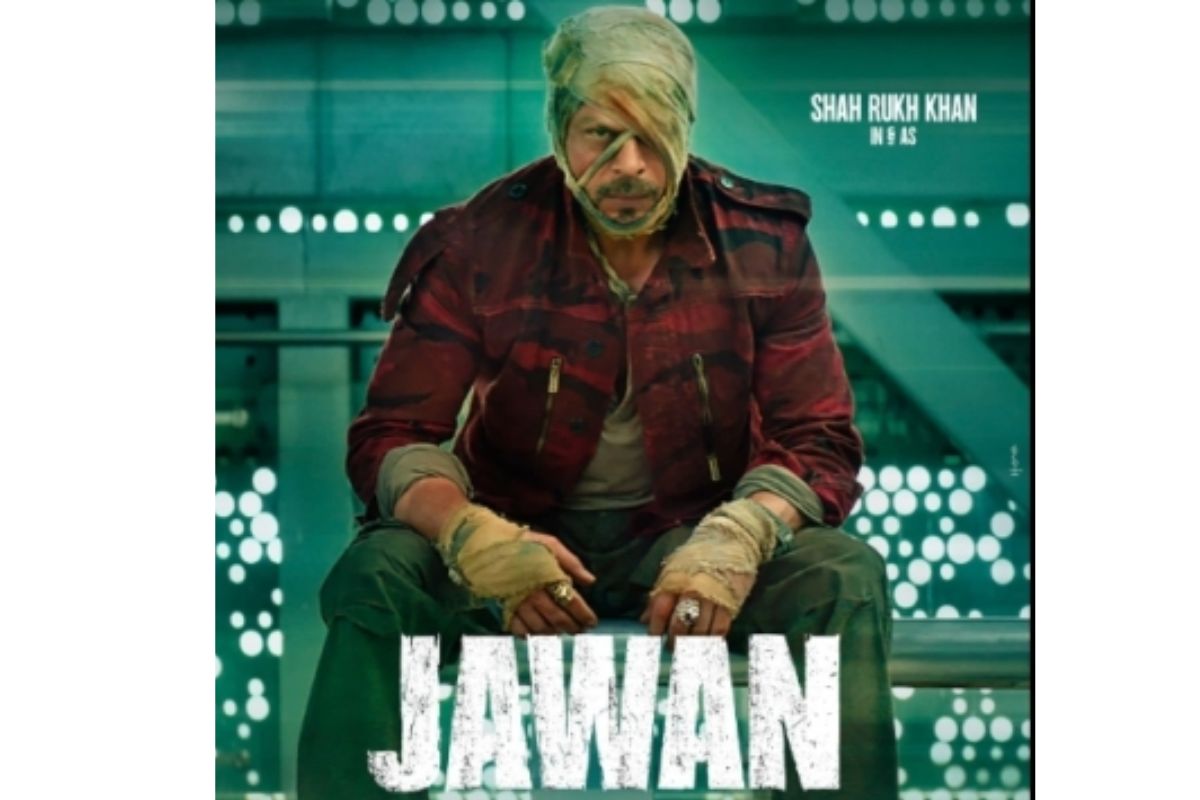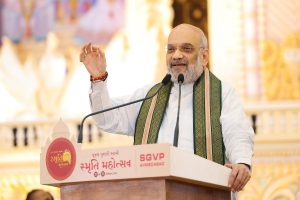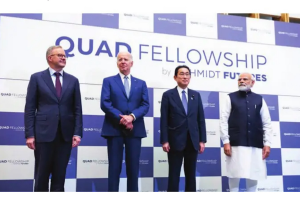Jawan, starring Shah Rukh Khan, became the second Hindi film this year and the third overall to gross over $1 billion on Monday. The first celebrity to join the group was Aamir Khan, who did so in 2016 with the biographical sports drama Dangal. This achievement was also accomplished by Shah Rukh’s Pathaan earlier this year.
Here is a look at what the figures signify and who will receive what share of the enormous sum as the third Hindi film to gross $1 billion hits theatres.
The producer typically receives between 45 and 50 per cent of the net box office revenue. Red Chillies Entertainment will receive the lion’s cut of the sales for Jawan.
Exhibitors The next group in the hierarchy of profit sharing is the exhibitors, who receive 30–40 per cent of the entire box office revenue (gross revenue), which has been reduced by the entertainment tax (net revenue).
A film’s distributors receive between 15 and 20 per cent of the total box office receipts.
Shah Rukh Khan and Aamir Khan, two prominent Bollywood actors, are the lead actors in every movie that has made over one billion dollars. For a while now, these performers have been receiving a cut of the movie’s revenue. About 5% of the film’s overall box office revenue goes to the min actor.
Producer and film industry expert Girish Johar provided a detailed breakdown of how profits are divided: “If the ticket costs Rs 100, approximately Rs 25 is allocated for the entertainment tax. Distributor and exhibitor split the Rs 75 into almost two equal parts. The producer receives the remaining 37.5% of the ticket price after the distributor takes roughly 10%. “If the producer takes 30 of the 100,” he continued. The lead actor receives approximately 5% of the producer’s portion of the gross box office receipts. Normal profits from all sources, including satellite, digital, and music rights, go to the primary actors as well.
It became a new record when Dilwale Dulhaniya Le Jayenge made 100 crore rupees at the box office, and now it is common for blockbuster films to surpass that amount in their opening weekend. A significant factor in the rise in these figures, besides inflation and rising purchasing power in the nation, is the expansion of multiplex chain movie theatres.
The multiplexes and their elevated ticket costs have undoubtedly played a significant role. There was a time when we were a $1,000 to $2,000 billion industry, but we are now approaching $5,000 billion. They now generate over 70 per cent of the Hindi market’s box office, including Hollywood-dubbed films. They are still growing because there are so many cities in the nation that have never had multiplexes.











